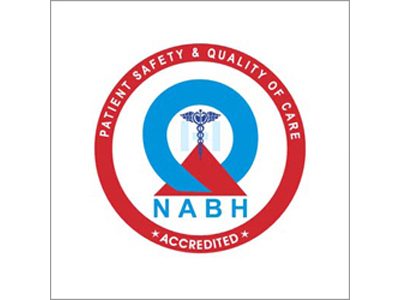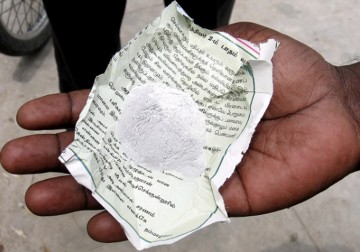A new study from LVPEI by Drs Srikant K Sahu, Anchal Arora, Swapna S Shanbhag, and others examines the long-term outcomes (4 years), demographic patterns and primary sequelae of calcium carbide-induced ocular burns. They note the risk of major visual morbidity and the urgent need to step up prevention.
Fireworks are a common cause of ocular burns. Around 15% of all fireworks-related injuries affect the eyes. Many of these injuries are serious, leading to severe vision impairment or total loss of vision. The heat and chemical reactions set off by the fireworks can fuse the eyelid to the eyeball, scour away the ocular surface, and cause lifelong epithelial defects. Such gruesome burns can also result in limbal stem cell deficiency (LSCD), where the cornea loses the ability to repair itself. Soon, the surrounding tissue from the conjunctiva blankets the cornea, making it opaque and leading to vision loss. A variety of factors can influence outcomes from such fireworks-induced injuries, including distance from the face, access to medical services, and even the type of chemical involved.
Calcium carbide (CaC2) is a common chemical with many agricultural applications, but it is also a popular ingredient for making firecrackers. In parts of rural India, farmers often use homemade PVC (polyvinyl chloride) pipe ‘guns’ that use a carbide-based concoction. The gun creates a loud explosive noise and is used to scare wild animals away from the fields. Carbide gun use is reported in regions with human-animal conflict, such as rural Kerala, West Bengal, and Odisha. The jugaad nature and shoddy construction of these plastic ‘boom tubes’ often leads to catastrophic malfunction and serious ocular burns. The growing popularity of carbide firecrackers also raises a serious public health concern. There is an urgent need for medical guidelines to treat such burns, for which it is essential to understand the outcomes of CaC2-induced ocular injury.
In a new, retrospective study published in the Indian Journal of Ophthalmology, Drs Srikant K Sahu, Anchal Arora, Swapna S Shanbhag, and others from LVPEI examined the clinical complications of CaC2-induced ocular burns in patients who presented to the institute between July 2018 and August 2022. The study included 28 eyes from 23 patients divided into two groups based on the Dua grading system for ocular burn damage. 16 eyes with mild burns (Grade I-III) were put in Group A, while 12 eyes with moderate-to-severe burns (Grade IV-VI) were placed in Group B. The median age of the patients was 28 (give or take 10 years) and almost all of them were male. Moreover, when only one eye was injured, 68% of the time it was the right eye.
The study found LSCD in 75% (9/12) of Group B and 37% (6/16) of Group A patients. Overall, vision-threatening sequelae were fewer in Group A. However, due to the severity of the burns, Group B needed multiple interventions and still ended up with poor visual outcomes (a mean visual acuity of 20/200 or severe vision impairment vs. initial value of 20/2000 or blindness). The study underscores the severe nature of fireworks-induced ocular burns and the urgent need to advocate for carbide-gun safety.
‘Calcium carbide-related ocular injuries are mostly uniocular, severe, and affect young males. Vision loss in this age group can impact economic productivity and lead to a poor cosmetic outcome,’ says Dr Anchal Arora, ophthalmologist at the LVPEI MTC centre in Bhubaneshwar, and the first author of this paper. ‘Multiple surgical interventions required in these eyes can increase the burden on the healthcare system and increase the number of follow-up visits for the patient. Prevention of these injuries is key, and there is a need to increase advocacy efforts and create awareness about such injuries.’
Citation
Arora A, Shanbhag SS, Mishra DK, Malepati N, Das S, Priyadarshini SR, et al. Sequelae of carbide‑related thermo‑chemical injury: A retrospective analysis. Indian J Ophthalmol 2023;71:3192-7.
Photo credit: Calcium Carbide; by ‘Info-farmer’; CC BY 3.0



